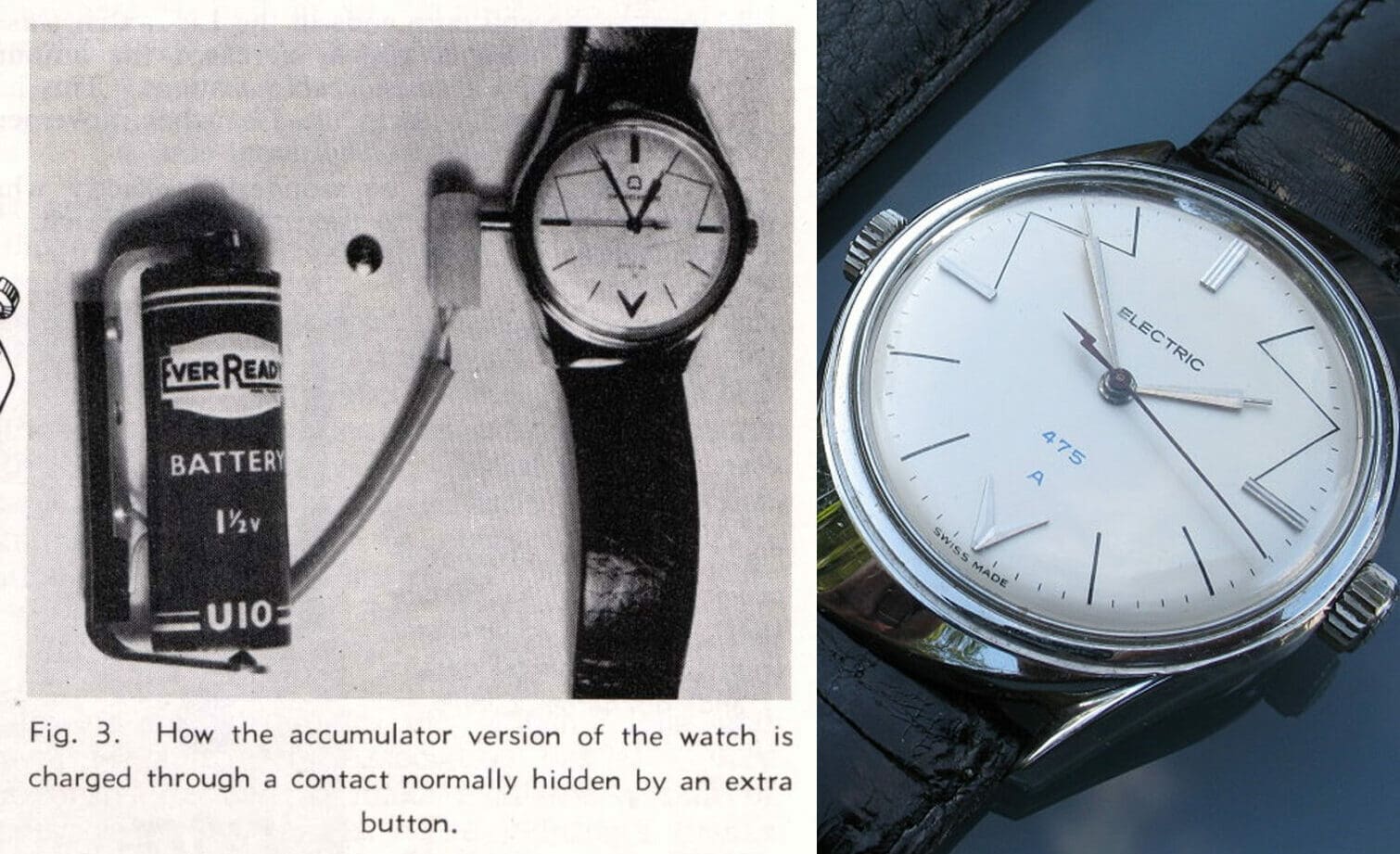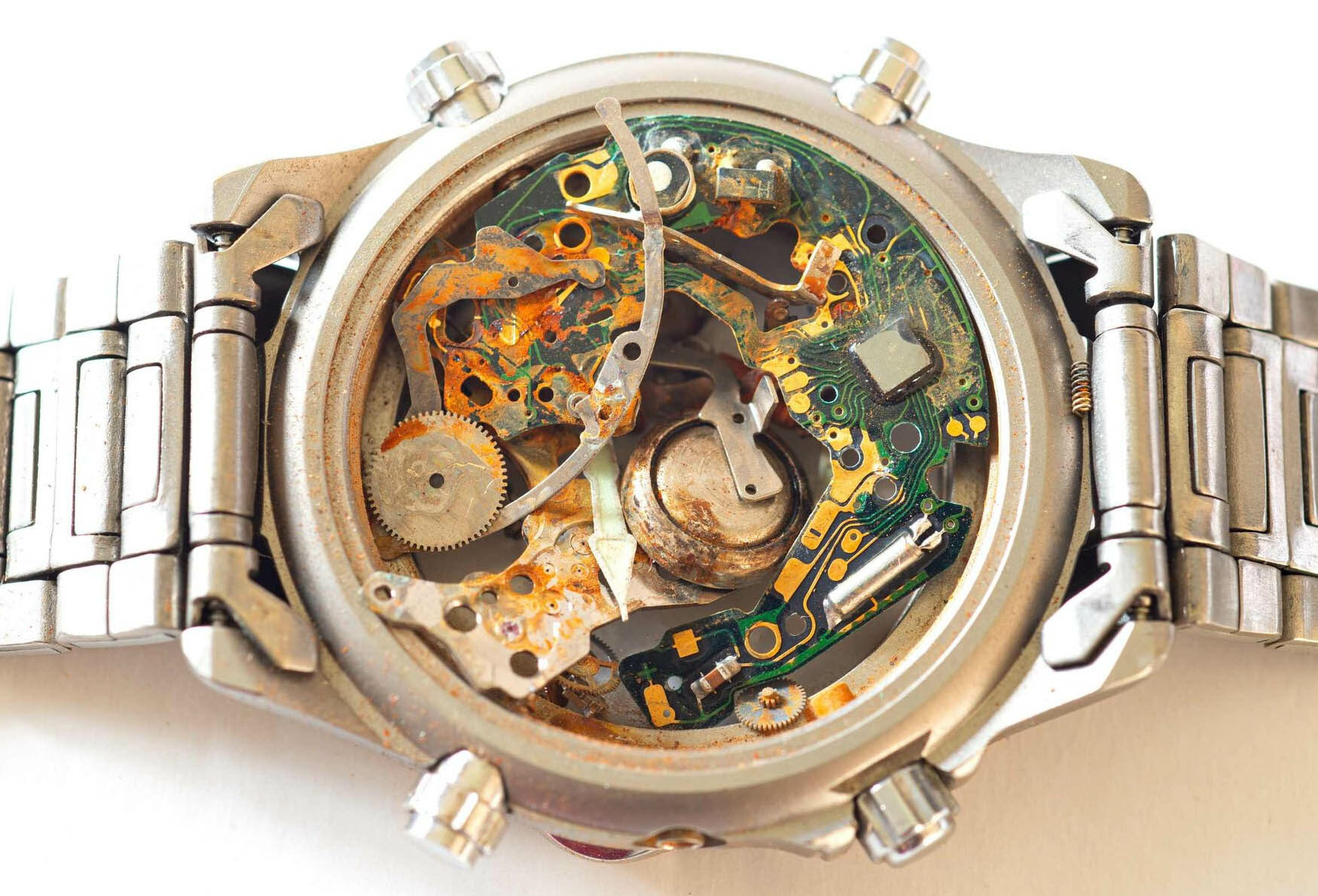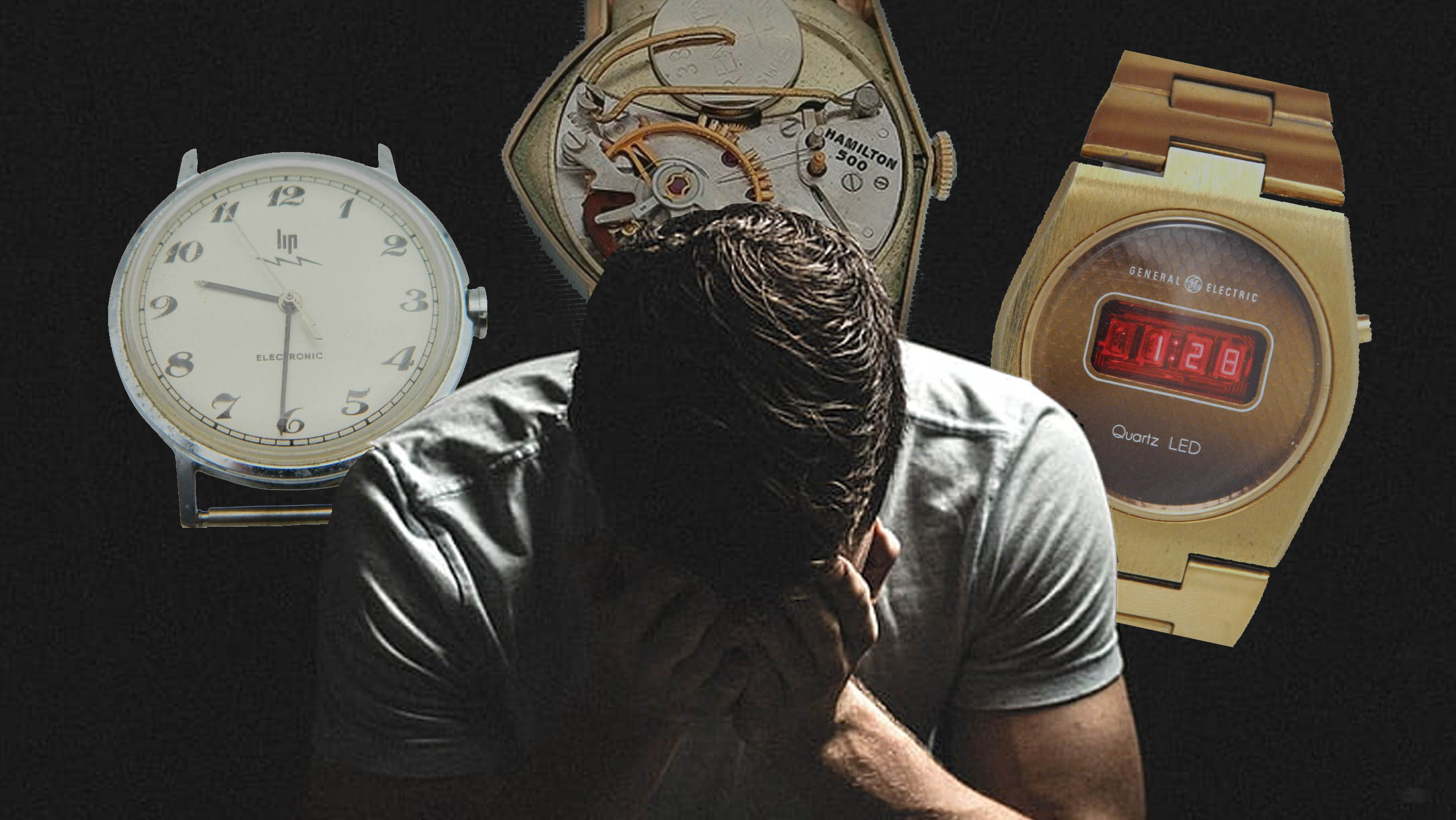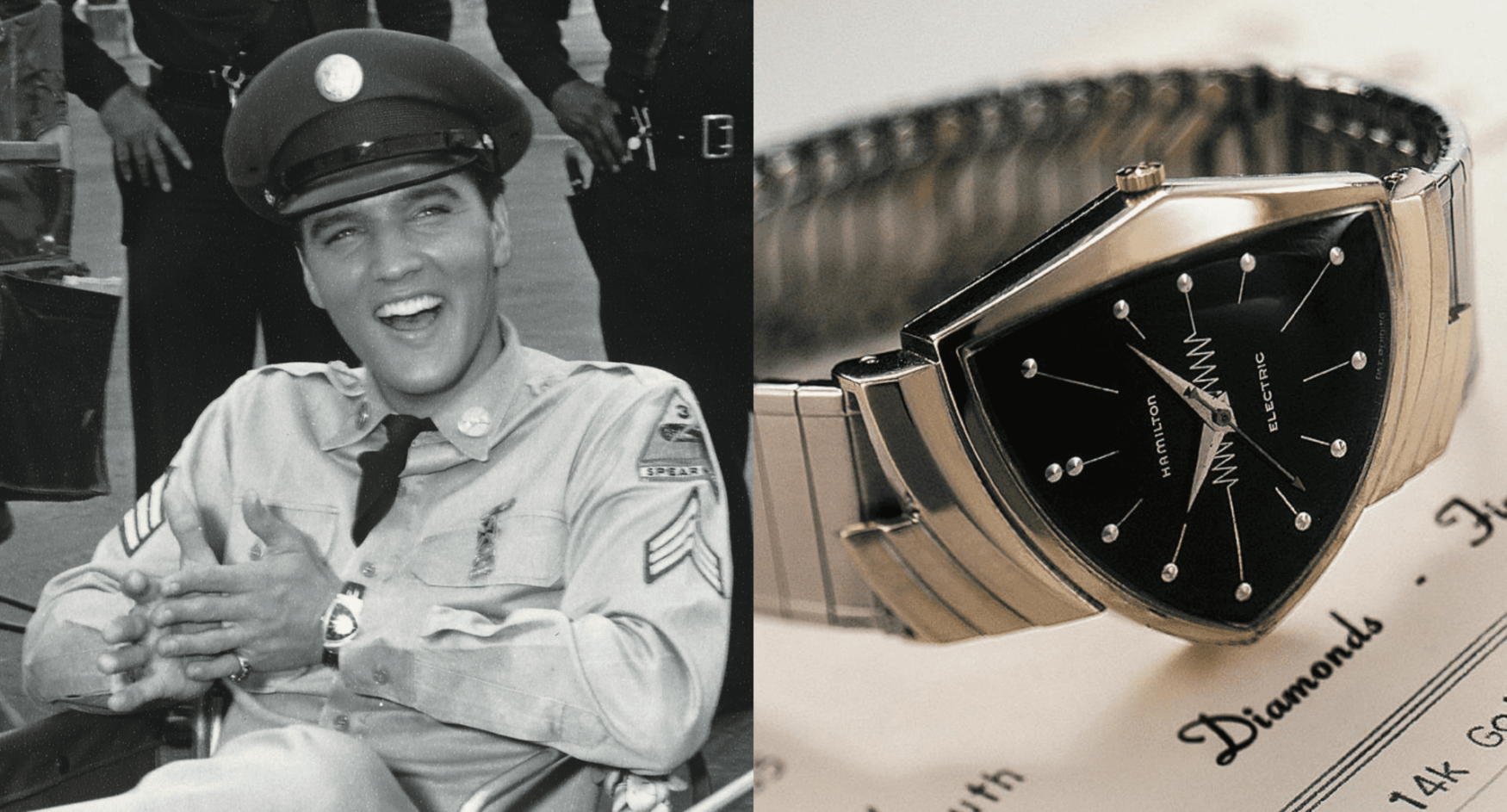Buyer beware! Vintage quartz and electric watches may be impossible to repair
Buffy AcaciaYou’ve done it. After months or even years of saving, searching, and haggling, you’ve finally bought your dream watch. Maybe it’s something you spotted in your favourite old movie, or maybe it’s something that was advertised in a magazine of your youth. In any case, it’s a vintage quartz or electronic watch from better days. Whether it is your dream watch or something you stumbled across for a good deal, you might be out of luck if it stops working.
The value of a used watch can be a constant struggle to figure out, but there is one thing that will always make sure a watch stays cheap—obsolescence. Watches may be glorified bracelets, but there’s still significance to their function as timekeepers. The number of people who want to wear watches that don’t work is pretty small, so demand will fall through the floor when one breaks. If you come across an amazing watch listed as not running, then there’s probably a reason why the previous owner didn’t have it fixed themselves.

Electric watches certainly didn’t have the same devastating effect on the watch industry as quartz watches when they first came about in the 1950s, however, they were still a big deal. Many companies earnestly believed they would be the future of watchmaking, and they went hard on developing new models and selling plenty of watches. Developments came quickly and support for the older models dwindled, which eventually led to a poor reputation for electric movement reliability. Well, it was that, and their questionable build quality. There were still a few companies holding on, but by the late ‘60s, people were looking forward to quartz for ‘high-tech’ watches. If you come across an electric movement today from the likes of Elgin, Hamilton, or LIP, then you may actually stand a small chance at getting it working again. Some specialist watchmakers will enjoy the challenge, but it will likely be quite an expensive venture for a full overhaul. You could always have a go at repairing one yourself if you find a service manual, but that also requires a lot of professional equipment, skill, and patience.

As for quartz watches, we all know how many of them exploded into catalogues throughout the 1970s and ‘80s, nearly destroying the Swiss watch industry as they went. A quartz movement is indeed more likely to survive without servicing than a mechanical one because it has fewer moving parts, but there’s still plenty that can go wrong. Even if the watch works perfectly and it only needs a new battery, there are a fair few button cell batteries that are difficult to source now, and you may have to modify the calibre to accept something different with the same voltage. Some watches used capacitors if they were rechargeable, and those can be even more difficult than batteries to replace when they stop holding a charge. In certain circumstances, you may be able to swap the movement out entirely for something more modern, but it really depends on how much effort you’re willing to go to for the watch in question.
So, consider yourself warned. If you’re looking for bargains, just be realistic about your expectations and the possibility that the watch may become unfixable. Few watches were truly built to last, especially not budget-oriented digital or quartz watches from the ‘70s and ‘80s. If you’re especially adventurous though, you could consider this article a challenge, and start browsing the ‘for parts or repair’ section of eBay right away.






